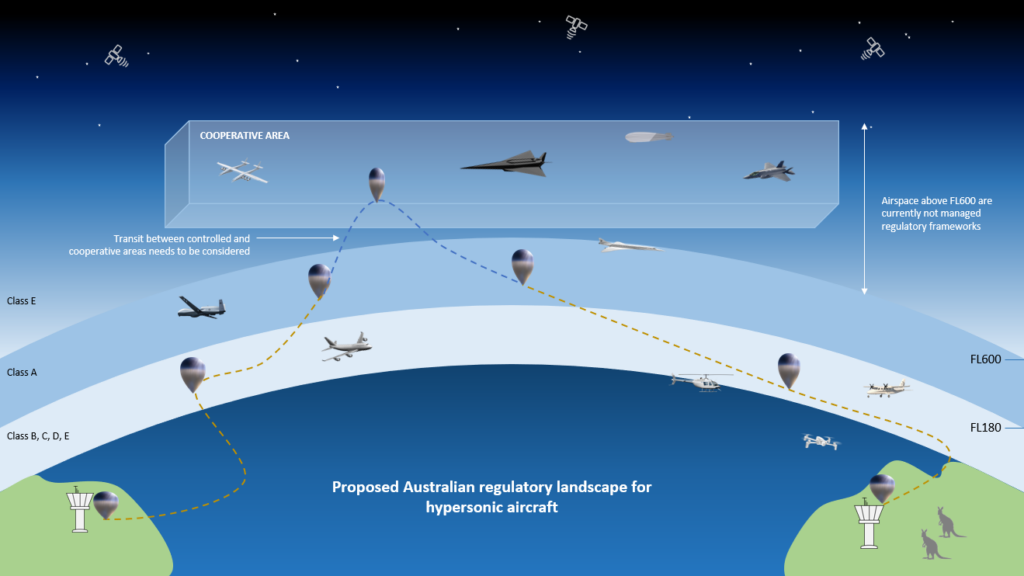
Hypersonix Launch Systems has announced it is spearheading a crucial initiative to reshape the regulatory landscapes around the world.
Joe Urli, Head of Regulatory Affairs at Hypersonix Launch Systems, and a former Civil Aviation Safety Authority (CASA) air transport safety inspector, is an experienced aviation regulatory reform expert and staunch advocate for adapting regulatory frameworks and policies to match the rapid evolution of hypersonic aircraft technology.
Joe participated in NASA’s airspace operations safety program in the USA which uses NextGen methods to improve safety.
Streamlining regulatory and air traffic control processes for uncrewed aircraft, initially designed for slower, lower altitude, and piloted systems, and fostering collaboration among governments, regulatory bodies, and industry stakeholders, is imperative to harness the true potential of hypersonic technology.
Hypersonix says it underscores the critical importance of regulatory reforms to fully unleash the promise of hypersonic drones in Australia.
Failing to address this pressing need could impede domestic industry growth and stifle innovation. Harmonizing concepts like FAA’s ETM cooperative separation are key to establishing hypersonic corridors that can safely integrate into national airspace systems.
And the appetite for hypersonic speeds does not stop there. Since the Concorde stopped flying passengers in the early 2000’s, the interest for supersonic and hypersonic air travel remained strong. Airlines such as American airlines, United airlines and Virgin Atlantic have placed orders with Boom Supersonic and expect to carry their first passengers in 2029.
Hypersonix adds that it can expect hypersonic travel to become a reality in the 2030’s and should prepare to have the necessary regulations in place now- to not miss out on this opportunity for Australia to play a major role.

Adaptive reforms, infrastructure development, and standardized guidelines are essential to unlock the transformative potential of this aerospace breakthrough.
To address the unique challenges posed by high-speed aerial operations, Hypersonix proposes specialized regulatory teams be established, in collaboration with governments and industry experts, to harmonise practical rule sets and standards.
This includes the integration of high-altitude hypersonic corridors into national airspace infrastructures, ensuring seamless cooperation with high altitude pseudo satellite constellations, high altitude balloons, and other stratospheric airspace users





